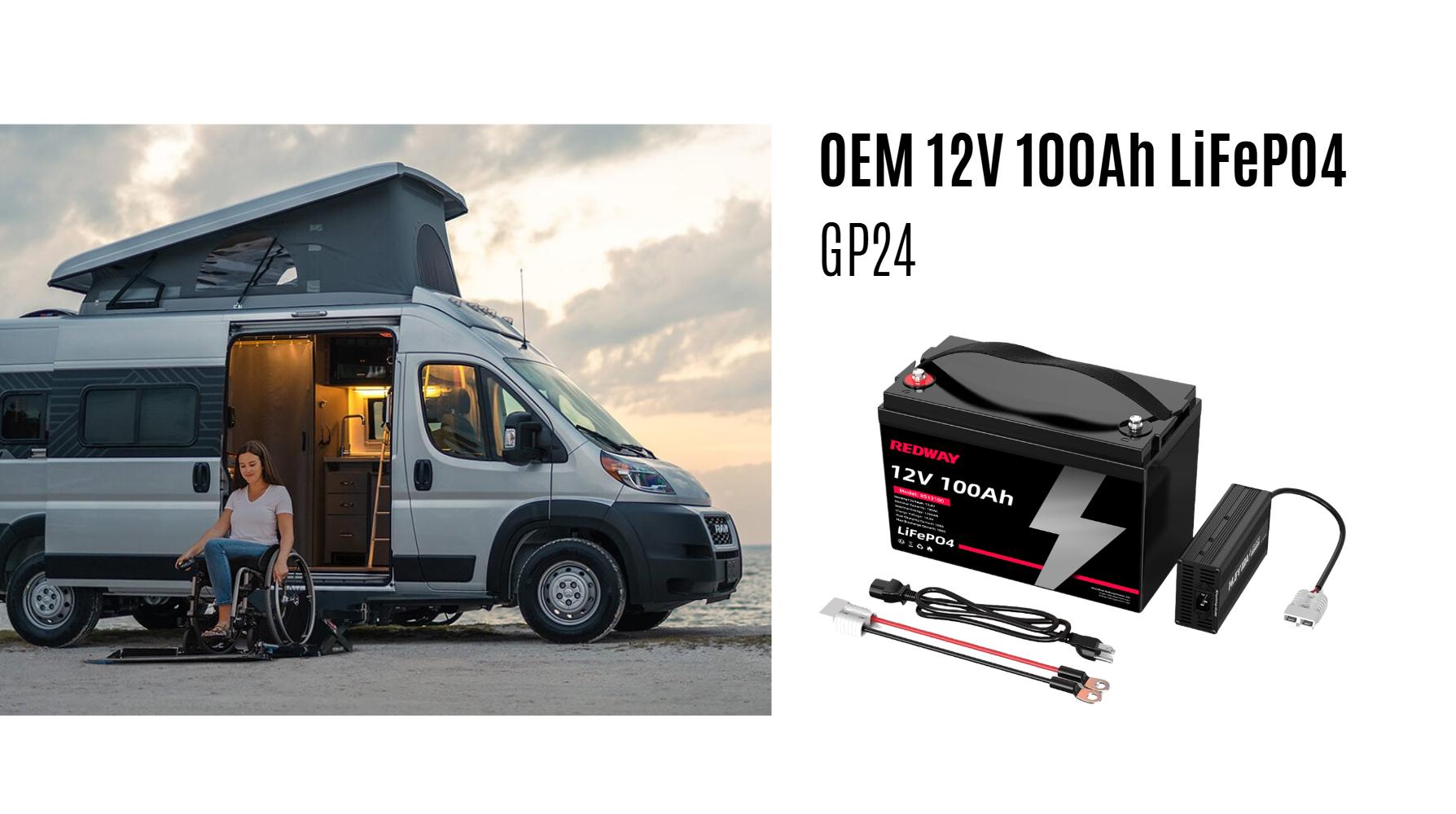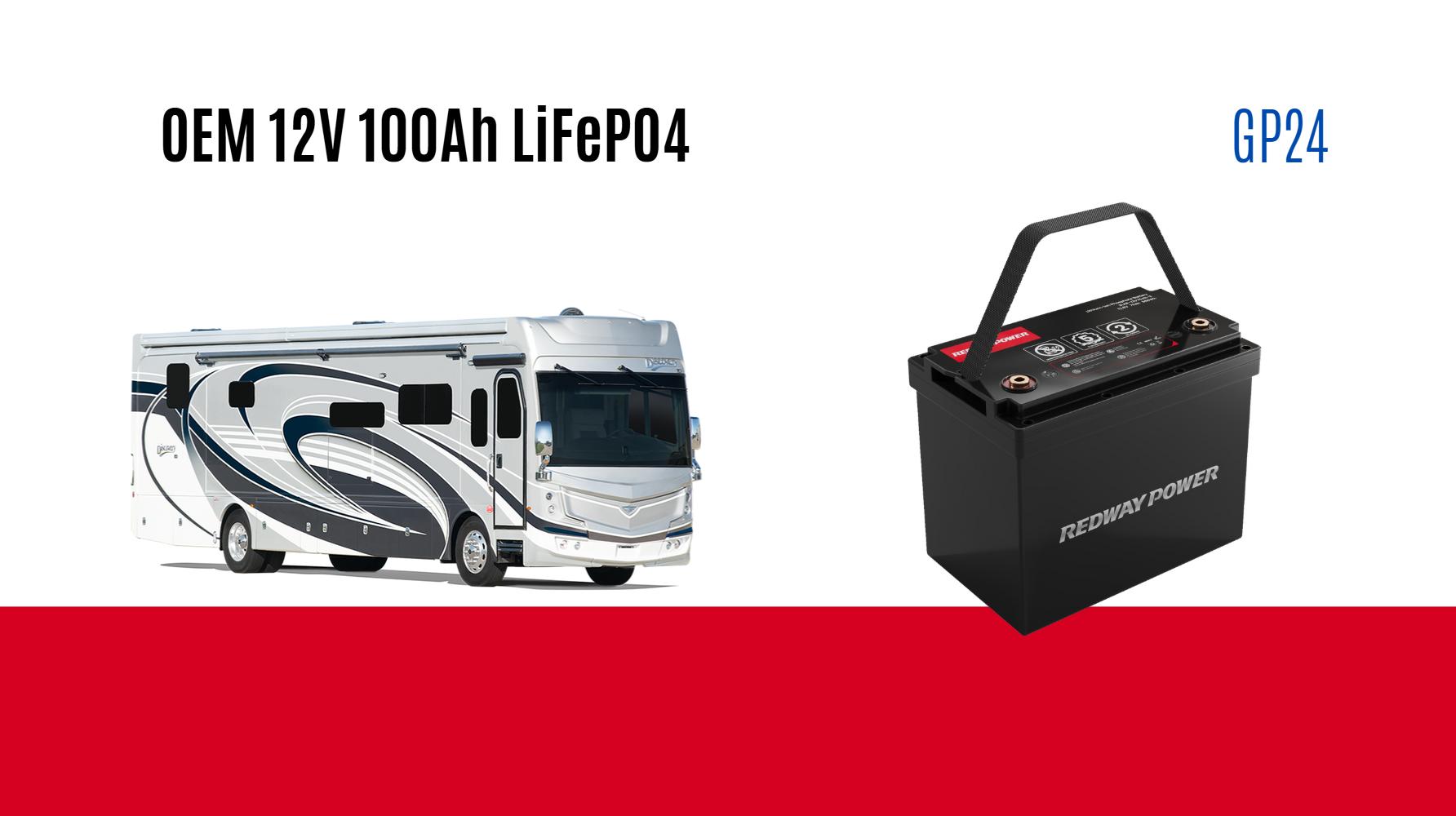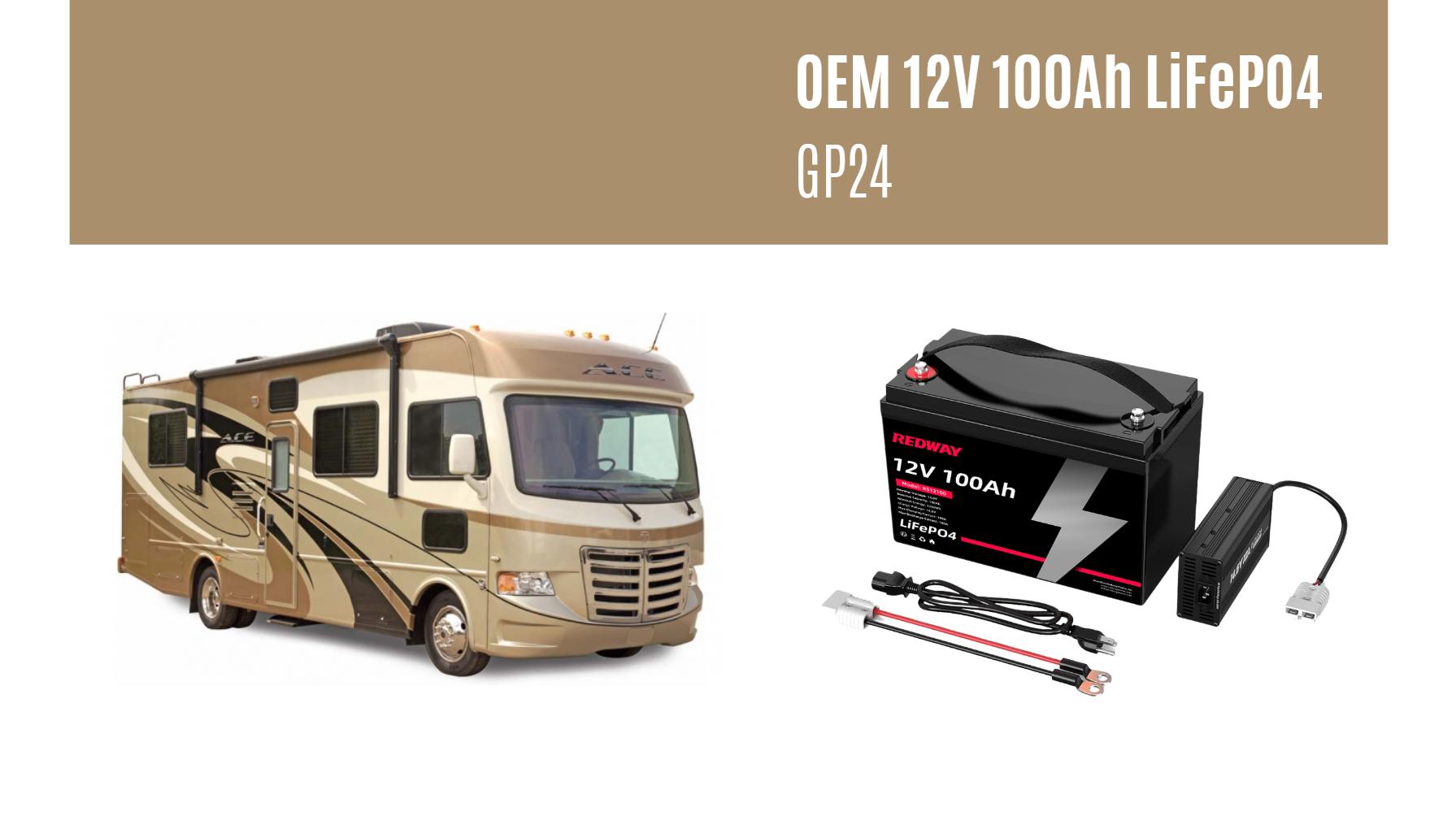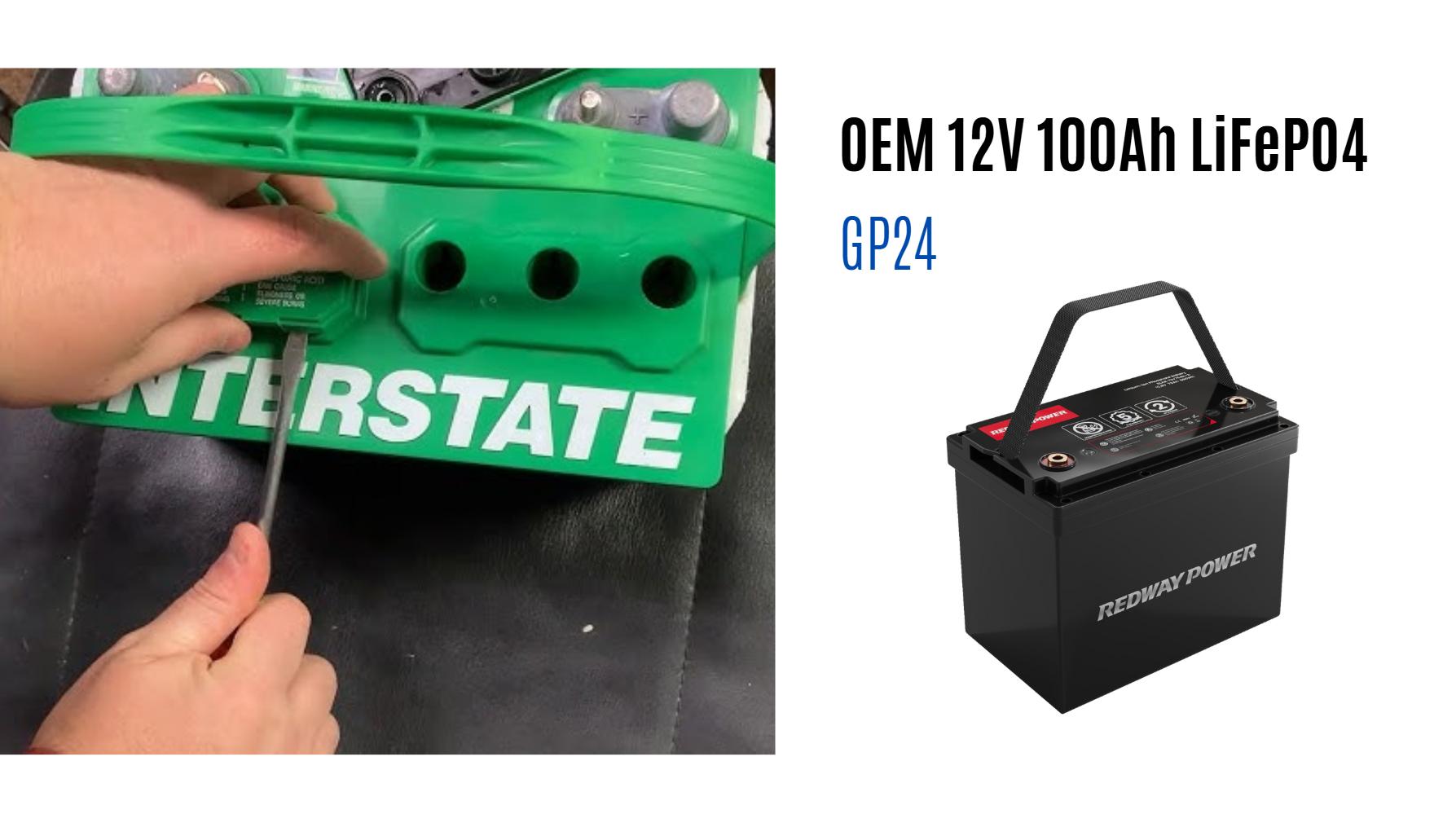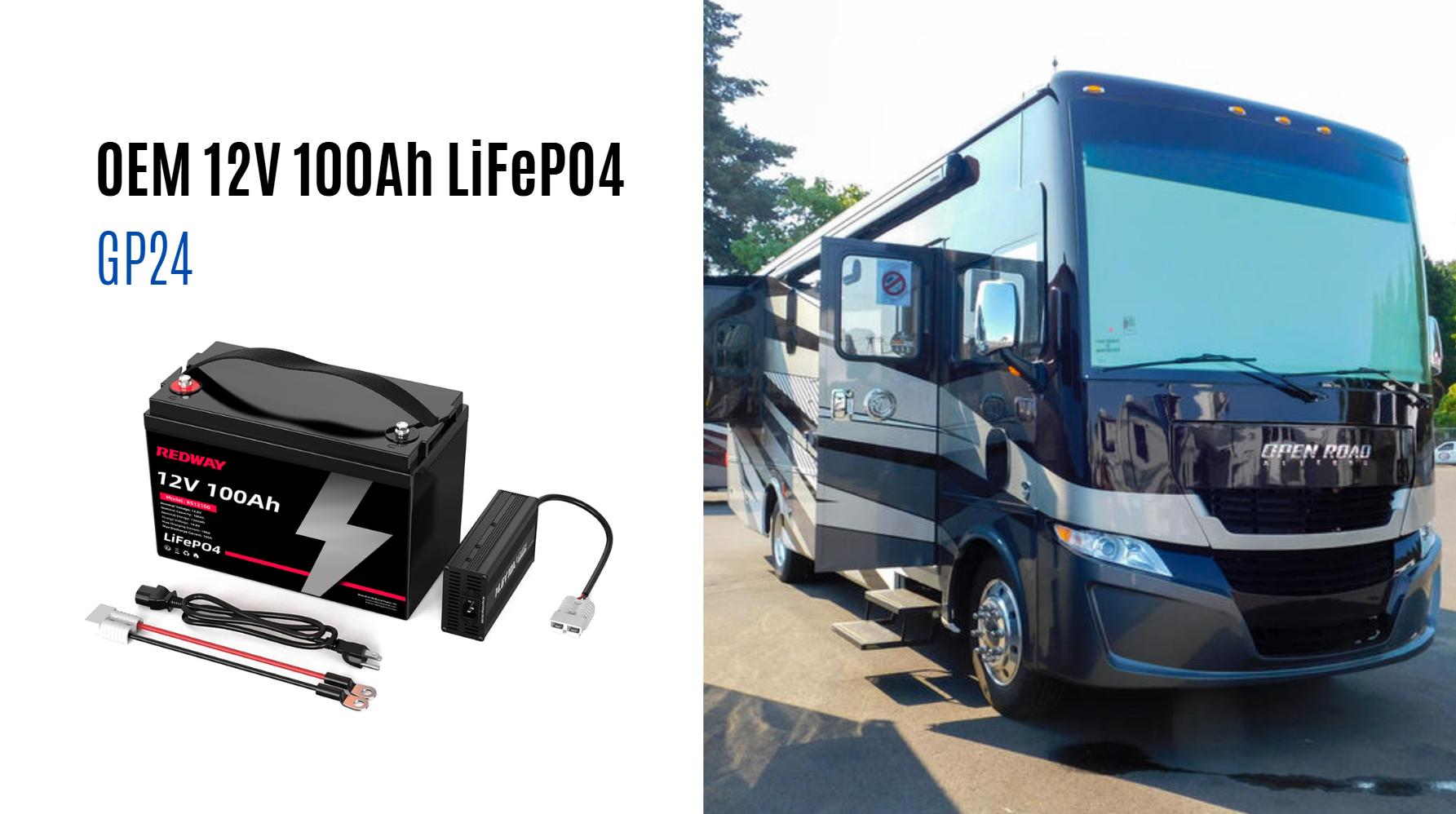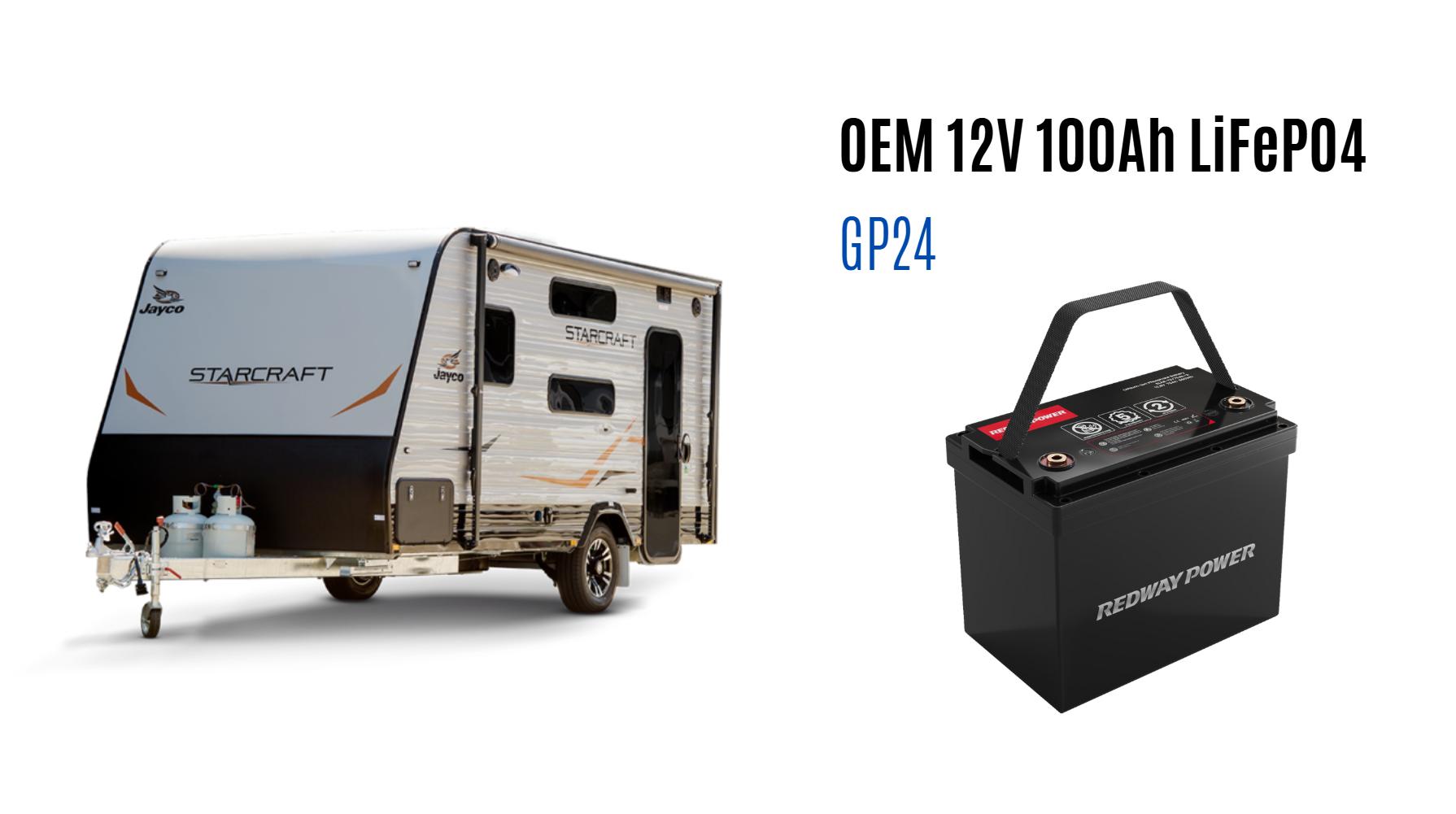What Batteries Do Grand Design RVs Use and Why
Grand Design RVs prioritize lithium-ion batteries for their durability, efficiency, and longer lifespan. These batteries support off-grid adventures with faster charging and deeper discharge cycles. Brands like Battle Born and Relion are preferred for their lightweight design and compatibility with solar systems. Lithium-ion outperforms traditional lead-acid batteries in energy density and maintenance requirements.
How Do Grand Design’s Battery Choices Enhance RV Performance?
Grand Design’s lithium-ion batteries optimize energy storage, enabling extended off-grid capabilities. Their high energy density powers appliances longer, while reduced weight improves fuel efficiency. Advanced battery management systems (BMS) prevent overcharging and overheating, ensuring reliability in extreme conditions.
What Are the Key Benefits of Lithium-Ion Batteries in RVs?
Lithium-ion batteries offer 3,000–5,000 cycles vs. 500–1,000 for lead-acid, lasting 8–10 years. They charge 5x faster, discharge up to 90% without damage, and weigh 60% less. Their maintenance-free design and solar compatibility make them ideal for sustainable RVing.
The rapid charging capability of lithium batteries allows travelers to recharge during short stops using solar panels or campground hookups. For example, a 300W solar array can replenish 100Ah lithium batteries in 3-4 hours versus 8+ hours for lead-acid equivalents. This efficiency enables continuous use of refrigerators, air conditioners, and entertainment systems without power anxiety. Additionally, lithium’s flat discharge curve maintains consistent voltage levels, preventing appliance performance drops as batteries deplete.
Which Battery Models Are Recommended for Grand Design RVs?
Battle Born GC3 and Relion RB100-LT are top choices. The GC3 provides 270Ah capacity and operates in -4°F to 135°F. Relion’s RB100-LT features low-temperature charging and 2,000+ cycles. Both integrate seamlessly with solar setups and inverter systems.
Why Does Grand Design Avoid Traditional Lead-Acid Batteries?
Lead-acid batteries require frequent maintenance, suffer from shorter lifespans, and lose efficiency below 50% discharge. Their heavier weight reduces payload capacity, while sulfation risks increase during storage. Lithium-ion alternatives eliminate these drawbacks, aligning with Grand Design’s focus on reliability and user convenience.
How to Maintain Lithium-Ion Batteries in Grand Design RVs?
Store batteries at 50% charge in cool, dry environments. Use compatible chargers to avoid voltage spikes. Calibrate the BMS annually and monitor via Bluetooth apps. Avoid prolonged 0% discharge to prevent cell degradation.
What Are the Cost Differences Between Battery Types?
Lithium-ion batteries cost $900–$2,000 vs. $200–$500 for lead-acid. However, their 10-year lifespan and energy savings reduce long-term costs. Solar integration cuts generator reliance, saving $500+ annually in fuel.
| Cost Factor | Lithium-Ion | Lead-Acid |
|---|---|---|
| Initial Purchase | $1,500 avg | $350 avg |
| Replacement Cycles | 1 every 10 yrs | 4 every 10 yrs |
| Fuel Savings | $500/yr | $0 |
How Do Temperature Extremes Affect RV Battery Performance?
Lithium-ion batteries operate in -20°F to 140°F with minimal capacity loss. Built-in heaters in models like Relion RB100-LT prevent freezing damage. Lead-acid batteries lose 30–40% capacity below 32°F and risk thermal runaway above 100°F.
“Grand Design’s shift to lithium reflects industry trends,” says a Redway power systems engineer. “Lithium’s ROI spans 3–5 years through reduced replacements and fuel costs. Future models may integrate AI-driven BMS for predictive maintenance, further enhancing off-grid resilience.”
FAQs
- How Long Do Grand Design RV Batteries Last?
- Lithium-ion batteries last 8–10 years (3,000–5,000 cycles), outperforming lead-acid’s 2–3 years.
- Can I Upgrade My Grand Design RV to Lithium Batteries?
- Yes, but upgrade charging systems and inverters to handle lithium’s voltage range. Consult Grand Design’s compatibility guidelines first.
- Do Lithium Batteries Require Special Solar Chargers?
- Yes. Use chargers with lithium profiles (14.4–14.6V absorption). MPPT controllers optimize solar input, preventing overvoltage.

